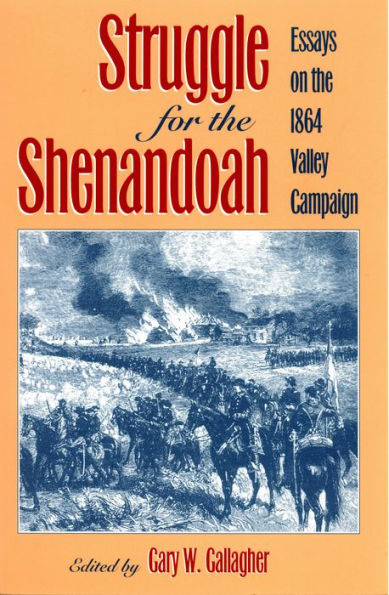These essays seek to illuminate various facets of the 1864 Valley campaign. The authors question the relative importance of operations in the Shenandoah, the respective performances of Early and Sheridan, and the roles of Confederate guerrillas and cavalry. Often departing from conventional views and sometimes disagreeing with one another, the essays should spark further debate on one of the more important an dramatic military events of the conflict.
“These five essays are of uniformly high quality and exceptional unity. The authors sometimes disagree with one another on the relative importance of certain operations or leaders in the valley, but all agree that the events in the region were significant in the crucial last half of 1864.”—Historian
These essays seek to illuminate various facets of the 1864 Valley campaign. The authors question the relative importance of operations in the Shenandoah, the respective performances of Early and Sheridan, and the roles of Confederate guerrillas and cavalry. Often departing from conventional views and sometimes disagreeing with one another, the essays should spark further debate on one of the more important an dramatic military events of the conflict.
“These five essays are of uniformly high quality and exceptional unity. The authors sometimes disagree with one another on the relative importance of certain operations or leaders in the valley, but all agree that the events in the region were significant in the crucial last half of 1864.”—Historian

Struggle for the Shenandoah: Essays on the 1864 Valley Campaign
152
Struggle for the Shenandoah: Essays on the 1864 Valley Campaign
152
Product Details
| ISBN-13: | 9781612770444 |
|---|---|
| Publisher: | Kent State University Press |
| Publication date: | 01/28/2011 |
| Sold by: | Barnes & Noble |
| Format: | eBook |
| Pages: | 152 |
| Lexile: | 1310L (what's this?) |
| File size: | 3 MB |
